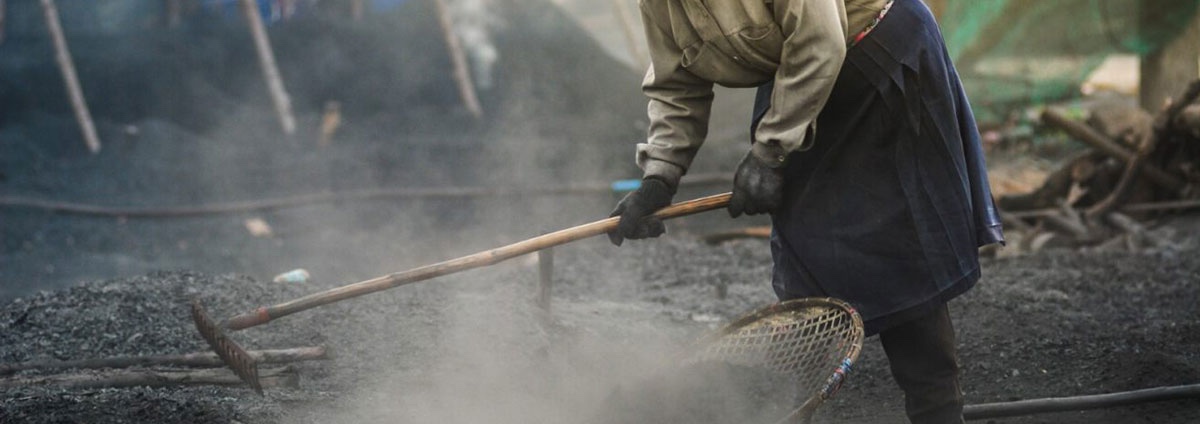About the Responsible Sourcing Tool

Purpose of the Site
Our goal for this site is to provide information and tools to support companies, federal contractors, federal procurement professionals, advocates, investors, consumers, and others in their efforts to prevent and address human trafficking, including forced labor, in global supply chains.
Who we are and who funds RST
The Responsible Sourcing Tool (RST) is the result of the multi-year collaboration between Verité and the U.S. Department of State’s Office to Monitor and Combat Trafficking in Persons.
Verité, which provides the content for this site, is an independent civil society organization that for more than 25 years has partnered with corporations, governments, workers and their advocates to illuminate and offer practical solutions to labor rights abuses in global supply chains.
The U.S. Department of State’s Office to Monitor and Combat Trafficking in Persons (TIP Office), which funds and supports the RST initiative, leads the United States’ global efforts to combat human trafficking through the prosecution of traffickers, the protection of victims, and the prevention of human trafficking. The TIP Office accomplishes this by:
- objectively analyzing government efforts to combat human trafficking through the annual Trafficking in Persons Report,
- engaging in strategic bilateral and multilateral diplomacy,
- targeting foreign assistance to build sustainable capacity of governments and civil society,
- advancing the coordination of federal anti-trafficking policies across agencies,
- and partnering with civil society, the private sector, and the public to advance the fight against human trafficking.

![]()
What we are trying to address
Human trafficking, including forced labor, is the exploitation of a person by compelling them to accept or stay in a job they do not want. This is a worldwide crime that impacts 27.6 million people across virtually all business sectors, from apparel to construction to agriculture, in both formal and informal sectors alike. These workers are often from lower socioeconomic brackets, and migrants. They frequently become trapped by deceptive and false promises of work conditions, fall into debt to their recruiter or employer, have wages held, lose control over their personal documents and their freedom of movement, and are forced to work excessive hours, live in poor conditions, and experience threats and violence.
Forced labor is especially prevalent where there is hazardous work, vulnerable, low wage, easily replaceable, or migrant work forces and non-transparent, complex supply chains that use labor recruiters.
For more information and context on human trafficking, please visit Defining the Issue within the Understand the Risks pages.
How we are trying to help stakeholders address it
There is renewed focus and energy across the U.S. Government and the world to leverage diplomatic, regulatory, law enforcement, and trade tools to prevent and combat forced labor in global supply chains. This site aims to provide useful, downloadable due diligence and risk-management tools to assist in this effort.

Our Methodology
Our risk information derives from a wide variety of data, including:
- global production and trade flows;
- research reports on human trafficking, including forced labor, and/or child labor associated with the production of goods and the provision of services; and
- information about countries where trafficking-related risks and cases have been reported in a particular supply chain or service.
All data and analysis on this website are meant to introduce users to issues and risks associated with human trafficking and encourage users to further explore the issues. The resources and tools on this website are not meant to be exhaustive or determinative.
Risk information and reports will be updated on a periodic basis.
To learn more, please visit Methodology.
Tools
The Due Diligence Toolsets, including a model Compliance Plan (for use when complying with the U.S. Federal Acquisition Regulation: Combating Trafficking in Persons), have been developed for governments and businesses to help identify gaps in a potential or current supplier’s ability to prevent and address the risks of human trafficking, including forced labor, in their operations or supply chains.
Resources
Our Resource Library provides a starting place for users who want to learn more about the issues, the causes, manifestations, and what is being done to combat human trafficking, including forced labor. Here you can find case studies of forced labor by sector and country, external reports and resources from NGOs and other labor rights thought leaders, findings from research institutions, and more. We update it regularly, but it is by no means exhaustive, as new information and initiatives are constantly emerging.
RST Reports
Accessed through our interactive map, RST also offers reports focusing on the latest findings and risks of forced and child labor in the production processes of an individual commodity, and in which countries this has been documented. Our Sector reports provide an overview of sector-specific risk factors, workforce characteristics and production activities, employment methods, global economy, and more.
Verité hosts this website and invites suggestions, feedback, and questions. Submit feedback here.
